How Much Protein Do You Actually Need?
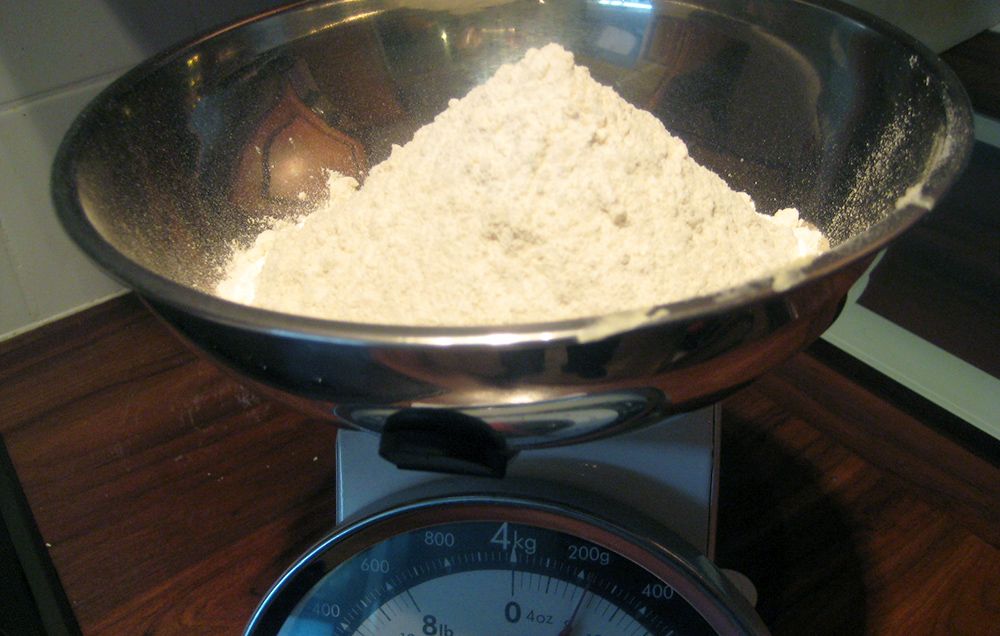 Annie Mole via Flickr and licensed under Creative Commons Attribution
Annie Mole via Flickr and licensed under Creative Commons Attribution The recommended dietary allowance (RDA) of protein is 0.8 grams of protein for each kilogram of body weight (which translates to 0.36 grams of protein per pound of bodyweight per day.)
However, the International Association of Athletics Federations (IAAF) published a consensus statement in that stated that athletes with a goal of maintaining their muscle mass should actually consume 1.6 to 2.4 grams of protein per kilogram of bodyweight per day (0.7 to 1.1 grams per pound). That would be 105 grams to 165 grams for a 150-pound person.
Most protein powders contain from 20-50 grams of protein per serving, which might seem like the quickest way to hit your mark. However, according to Kristen Arnold, M.S., R.D.N., C.S.S.D., a performance nutritionist and cyclist, your body can only absorb 25-30 grams of protein per meal (any excess is converted to waste). So before you choose a protein powder, double-check the serving size and protein ratio to make sure you’re not consuming protein your body can’t actually use.
Where Should Your Sources Come From?
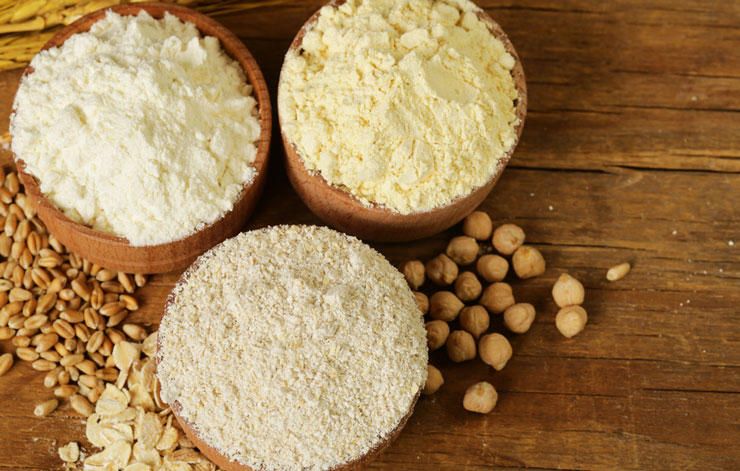 Shutterstock
ShutterstockOnce you know how much protein you need, the big question is how to take it in. Lori Nedescu, M.S., R.D.N., C.S.S.D., warns that not all protein sources are created equally. “While all protein is made up of amino acids that are either essential—meaning you have to obtain from an outside food source—or non-essential—meaning your body creates enough—the similarities stop there.”
Protein powders prioritize one of two milk derivatives (whey or casein) or a plant-based amino acid source. Different ratios of amino acids can affect your body differently, so whether you just want a quick recovery drink, or to build some serious sprinting muscle, check the ingredients to make sure they align with your goals.
Advertisement - Continue Reading Below
The Best Protein for Quick Recovery
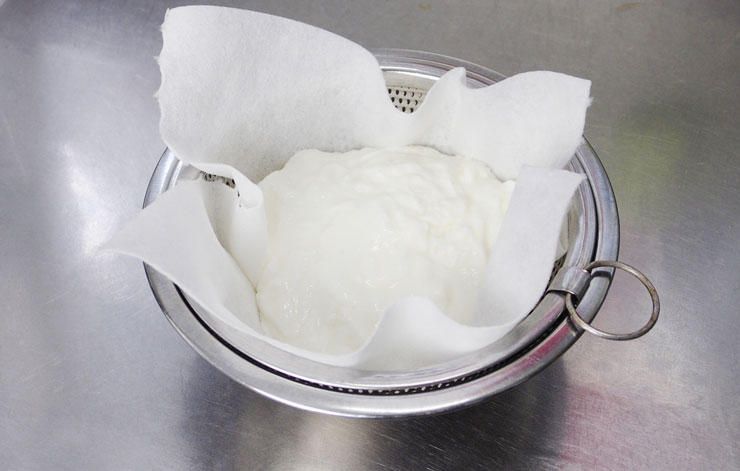 Shutterstock
ShutterstockThe Best Protein for Long-Term Recovery
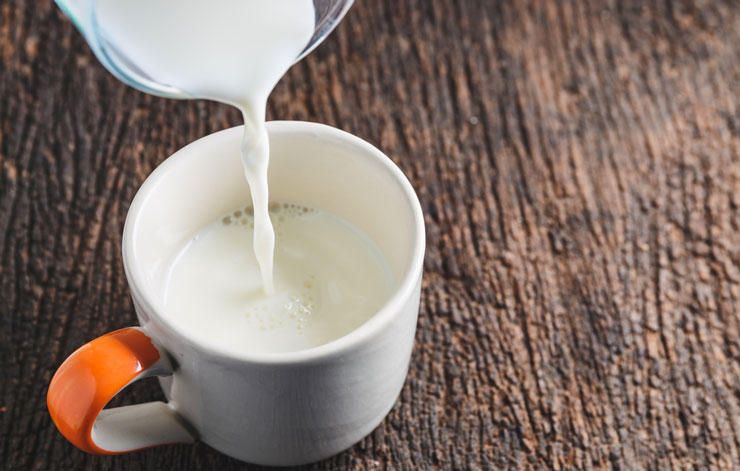 Shutterstock
ShutterstockCasein makes up the other 80 percent of milk protein. The difference between casein and whey is that casein takes hours to absorb. For this reason, try to pick whey for post-workout (as it has a more immediate impact) and save casein for overnight recovery. Nedescu adds that casein can be difficult to digest. “If your powder is causing you gastro-intestinal disruptions, try a goat-milk-based powder—these have roughly 89 percent less casein than cow’s, but still deliver excellent nutrition,” she says.
Advertisement - Continue Reading Below
Best Plant Protein Sources
 Shutterstock
ShutterstockPlant Proteins can provide plenty of amino acids and help with immune function and recovery. “Soy protein is the next best thing to milk-based protein,” Arnold says. “It has been shown to be a 99 percent complete protein source and contributes to muscle growth only slightly less than milk-based protein.” Nedescu is a fan of pea protein, especially for those with soy intolerances. However, plant-based protein powders also tend to have some strong flavors that are often masked with artificial or natural sweeteners. If you’re trying to limit your sugar or sweetener intake, check the ingredient and nutrition information.
What to Know About Additives
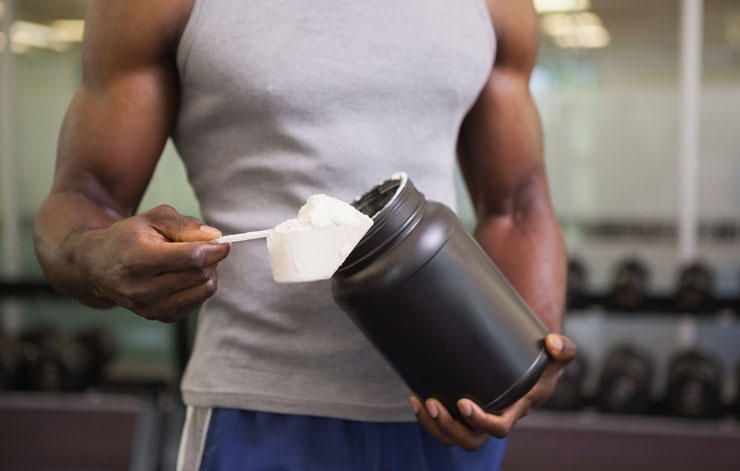 Shutterstock
ShutterstockLots of brands will add ingredients to protein powders to further help recovery. Some of these are simply enhanced concentrations of the amino acids already present in the ingredients, such as glutamine or leucine. Other powders add creatine, which actually hasn’t been proven to be of much use to endurance athletes. Finally, in most powders you’ll also likely find a significant carbohydrate content. A 3:1 or 4:1 ratio of carbohydrate to protein has been shown to optimize recovery, but also adds calories. If you don’t want to load up on sugar, stick to straight protein and add your carbs by blending with a banana with some oats or berries.
One of the major factors when deciding on a protein powder is safety. Arnold suggests that athletes look for products with the “NSF Certified for Sport” or “GMP Good Manufacturing Practices” tag to make sure they are getting a protein that is properly sourced and free of banned substances.
The article Your Definitive Guide to Protein Powder originally appeared on Bicycling.
Advertisement - Continue Reading Below
Advertisement - Continue Reading Below
Advertisement - Continue Reading Below



















